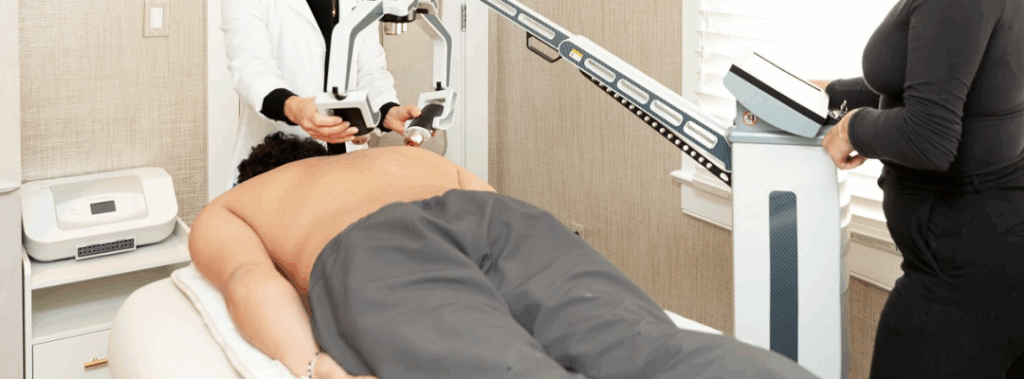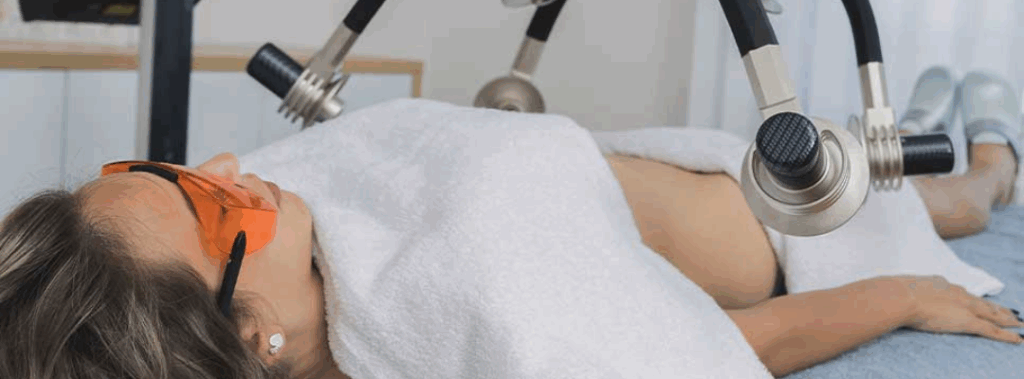
In the world of veterinary medicine, advancements come in many forms, but the quiet revolution of low-level laser therapy (LLLT) has been as intriguing as it is effective. Often flying under the radar due to its non-invasive nature, LLLT has been transforming the way veterinarians treat a range of conditions in animals. Here is your comprehensive guide to what veterinary laser therapy is, how it’s helping animals, and why it’s a beacon of innovation in the veterinary world.
Shedding Light on Veterinary Laser Therapy
Low-level laser therapy, or photobiomodulation, is a light-based treatment for a variety of conditions in both human and animal patients. It is known for its ability to stimulate healing, reduce pain and inflammation, and increase mobility. The laser beams used in LLLT are of a lower intensity compared to those used for surgical procedures, making them a safe and effective form of medical treatment for animals who may not respond well to traditional therapies.
Understanding the Mechanism Behind LLLT
The application of LLLT involves exposing tissue to low levels of light from red and near-infrared lasers, commonly referred to as cold lasers. When these photons of light penetrate the areas requiring treatment, they interact with the cells in the body, sparking a cascade of beneficial biological reactions. These responses typically include:
- Increased ATP Production: ATP, or adenosine triphosphate, is often called the ‘molecular unit of currency’ for energy transfer. LLLT has been shown to boost cellular ATP, leading to improved cellular function and tissue repair.
- Reduction of Inflammation: The light can suppress inflammatory mediators while enhancing the release of anti-inflammatory molecules, resulting in a significant decrease in swelling and related discomfort.
- Enhanced Blood Circulation: By dilating the blood vessels, LLLT allows for improved blood flow in the targeted areas, leading to better oxygenation and nutrient delivery to tissues, critical for healing.
- Cellular Rejuvenation: LLLT can promote the growth of new healthy cells, a process known as biostimulation. This is particularly valuable for wounds and injuries that require tissue regeneration.
In the veterinary setting, these outcomes translate into a more rapid and comfortable recovery for animals, making LLLT an invaluable therapeutic tool in the hands of skilled professionals.
The Benefits of Laser Therapy for Animals
The scope of conditions that can be positively affected by veterinary laser therapy is quite broad, with benefits extending from post-operative care to chronic pain management. This diversity of applications makes LLLT not only versatile but also an integral part of providing comprehensive care for the animal patients.
Healing Wounds and Enhancing Recovery
Non-healing wounds can be a significant challenge in veterinary medicine, but LLLT has shown exceptional promise in promoting healing. Whether it’s a surgical incision, an ulcer, a pressure sore, or a traumatic wound, the application of laser therapy can significantly accelerate the repair process of wounds in animals.
Pain Management Without the Pills
One of the most compelling aspects of LLLT is its ability to alleviate pain in a manner that is gentle and non-invasive. It’s a drug-free approach to pain relief, which is especially appealing for both veterinarians and pet owners looking for alternative options that don’t carry the risks or side-effects associated with many pharmaceuticals.
Enhancing Physical Rehabilitation
In animals recovering from surgery or injury, regaining mobility is a key goal. LLLT can support physical rehabilitation by reducing pain and inflammation, allowing animals to comfortably participate in therapeutic exercises and activities that restore their normal function.
Fighting Infections, Naturally
LLLT has also demonstrated antibacterial and antifungal properties, which can be invaluable in managing infections. This can be particularly beneficial in chronic cases where conventional treatments may be less effective or for animals that cannot tolerate antibiotics.
Beyond the Surface: Bone and Nerve Health
The benefits of LLLT aren’t just skin-deep. Laser therapy aids in bone healing, which can be especially important for animals with fractures or orthopedic conditions. It also has a neuroprotective effect, making it an option for managing nerve-related issues and promoting neurological recovery post-injury or surgery.
Tailoring Treatments for Different Species
The diversity of the animal kingdom presents a rich tapestry of anatomical and physiological differences. As such, it’s crucial to tailor LLLT treatments to the specific needs of different species. Whether it’s a beloved household pet, a racing horse, or an exotic avian, veterinarians must factor in various elements, from fur type to the thickness and color of the skin, to achieve optimal results.
Canine Companions and Feline Friends
For our four-legged friends, LLLT is used for a multitude of conditions, including arthritis, otitis, and post-operative care. It’s an ideal therapy for animals that may struggle with conventional treatments due to age or underlying health issues, providing a gentle yet effective form of relief.
Equine Athletes and Beyond
For larger animals like horses, the benefits of laser therapy extend to the treatment of tendon and ligament injuries, as well as chronic conditions like laminitis. In these instances, LLLT can be incorporated into a broader healthcare regimen that addresses the unique demands of equine healthcare.
Exotic and Avian Patients
Even our more exotic patients can reap the rewards of laser therapy. Whether treating reptiles for skin lesions, managing pain in small rodents, or aiding neurological rehabilitation in birds, the versatility of LLLT allows veterinarians to customize treatment plans that cater to the needs of these special patients.
The Future of Veterinary Medicine in Focus
Erchonia is at the forefront of LLLT technology, providing veterinarians with the tools they need to advance their practice and improve the lives of the animals they serve. Through the application of innovative lasers specifically designed for veterinary use, Erchonia is supporting the growth of this field and expanding the horizon of veterinary care.
With a focus on consistent research and development, Erchonia’s vet lasers are trusted for their safety, efficacy, and ease of use. The goal is to enable veterinarians to offer the best possible care that aligns with the healing philosophy at the heart of the profession.
The potential for LLLT to continue reshaping veterinary medicine is vast, with new applications and insights emerging regularly. Through ongoing education and the cultivation of a supportive network, veterinarians can stay at the cutting edge of this promising modality, ensuring that the animals in their care benefit from the full spectrum of possibilities that laser therapy provides.
Lighting the Way to Healthier Animals
Veterinary laser therapy has transcended novelty to become an indispensable part of comprehensive animal health care. These innovations from Erchonia are not just about treating illnesses — they’re about enhancing the quality of life for the entire spectrum of creatures that share our world. By embracing the principles of low-level laser therapy, veterinarians are not only providing advanced care, but are also forging a healthier and more vibrant future for animal wellness.



